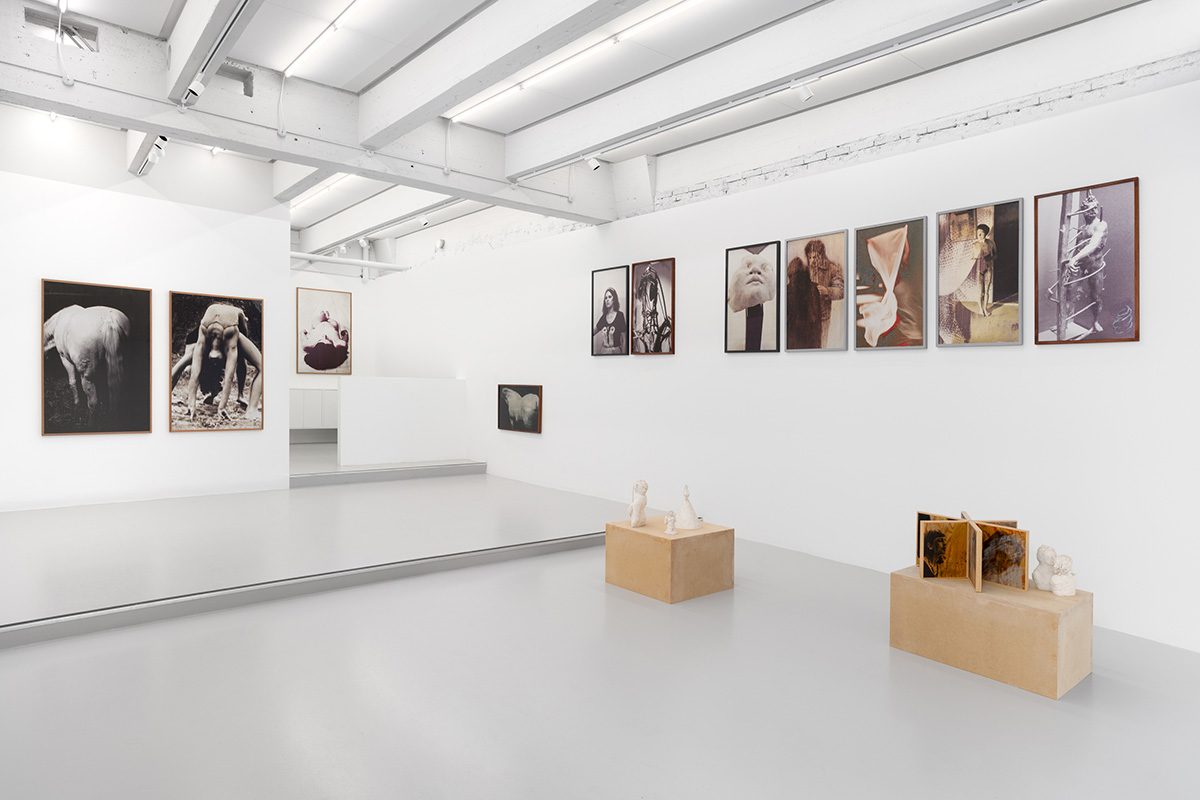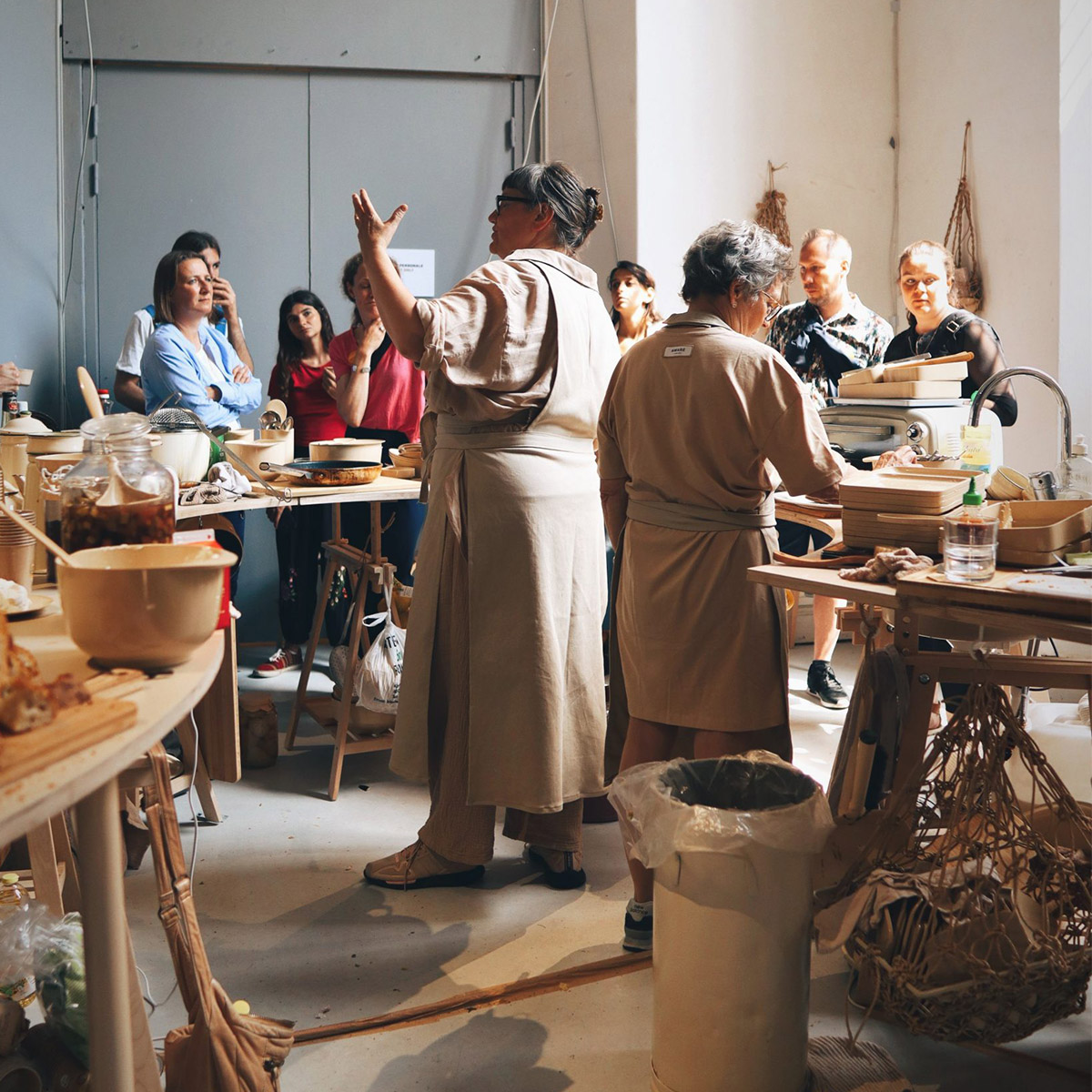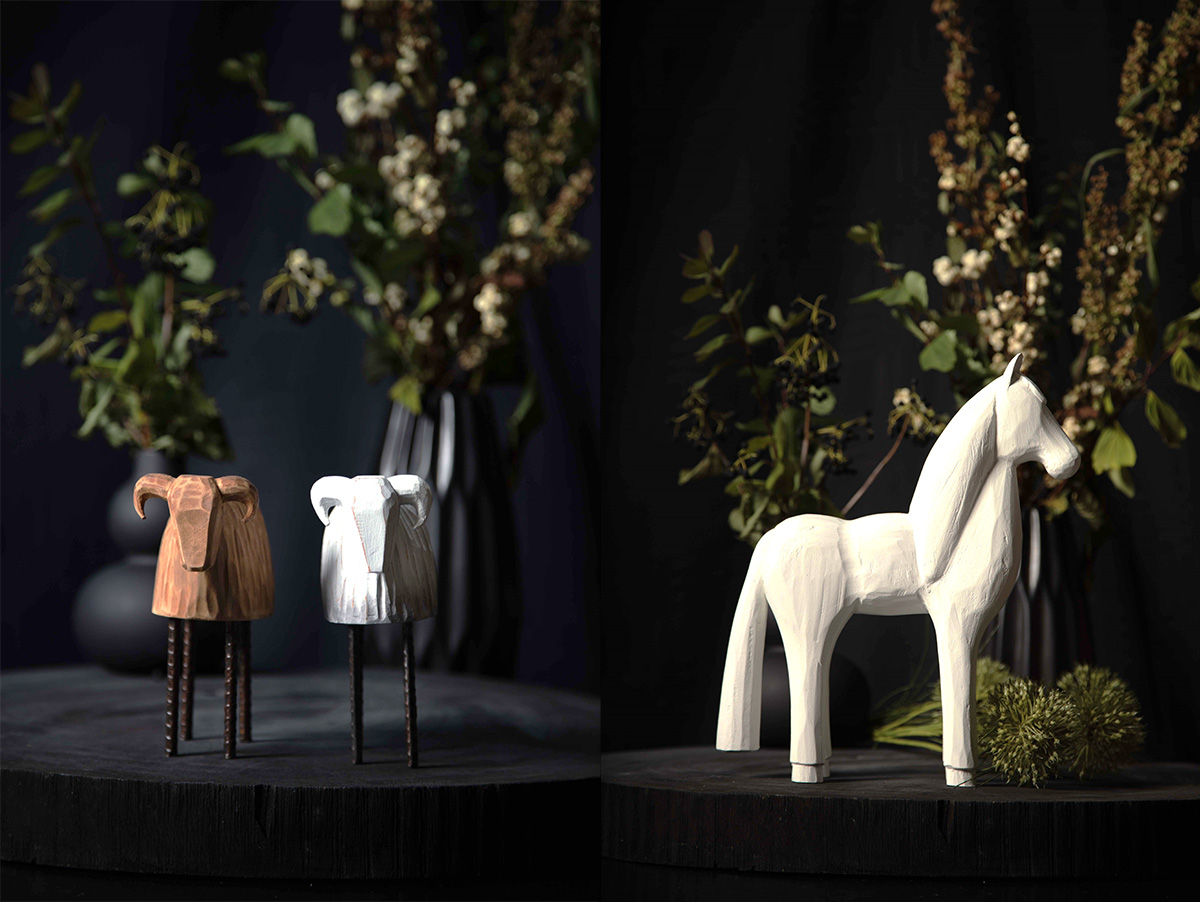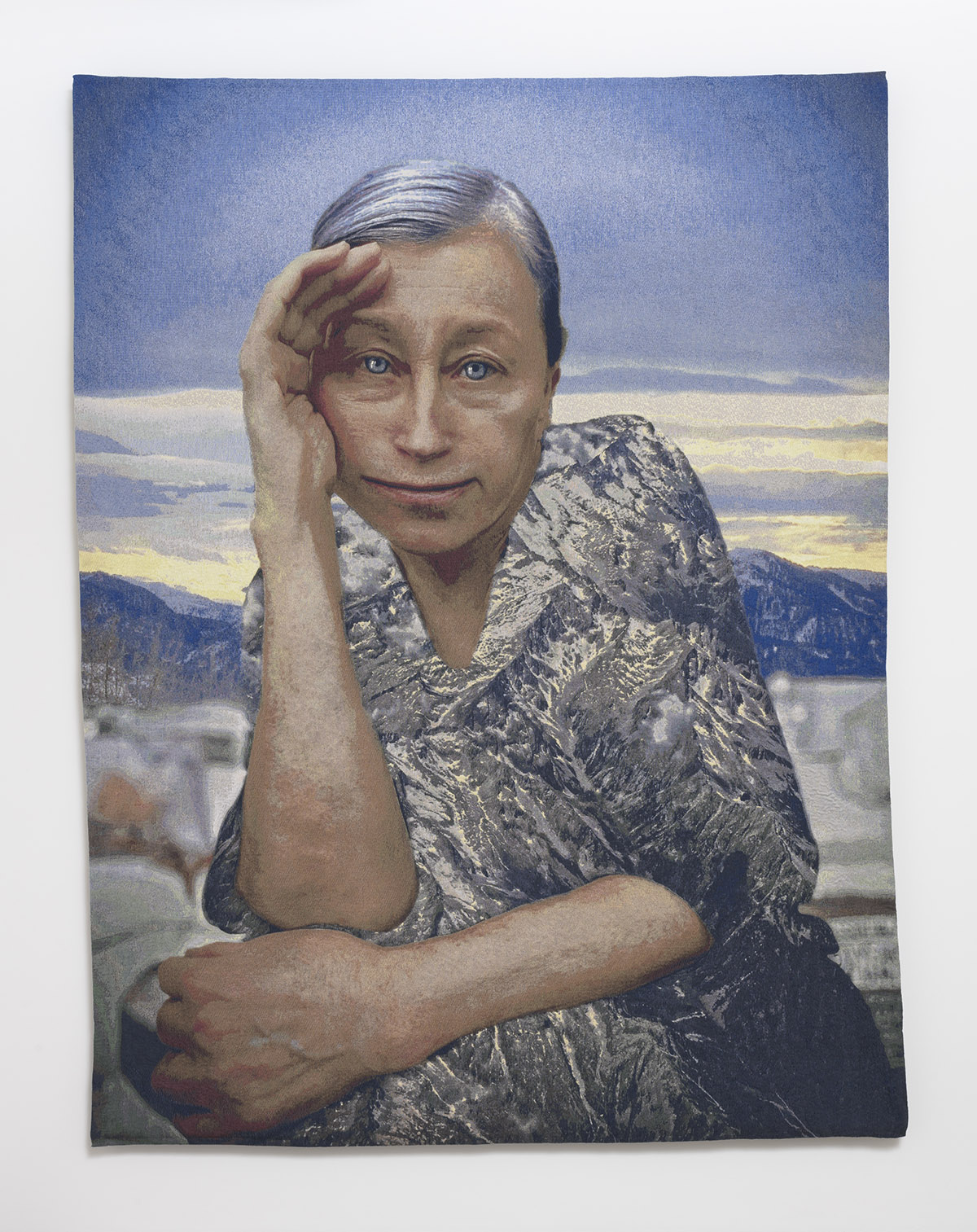The Swedish Arts Council: Supporting arts, culture and international exchange
By Malin Norman and Kajsa Ravin, director general of the Swedish Arts Council Photos: Susanne Kronholm and the Swedish Arts Council
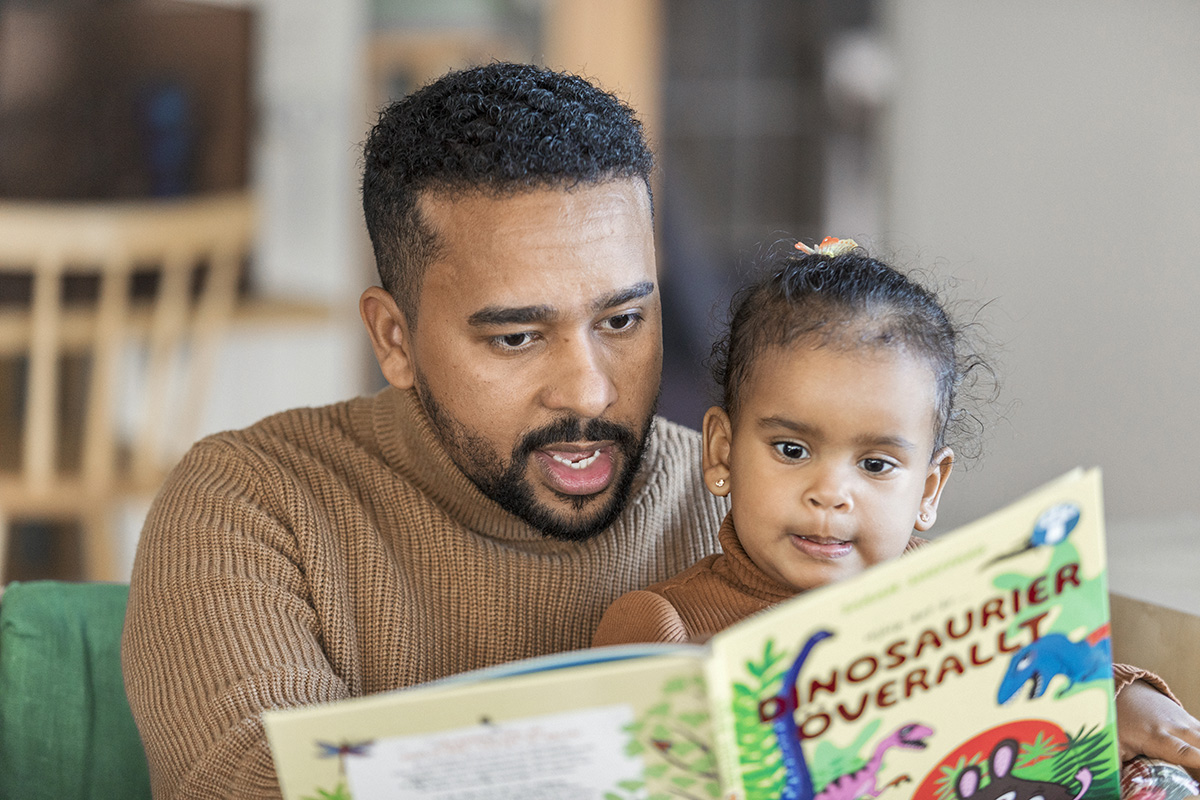
The mission of the Swedish Arts Council is to contribute to realising the national cultural policy by promoting the development of the cultural area and providing contributions to art and culture. In particular, it supports children’s and young people’s right to culture.
The Swedish Arts Council is a government agency founded in 1974. It supports arts and culture in many different forms – literature, museums, libraries, performing arts, music, reading promotion, arts, culture in schools, crafts etc. Its work is based on three cultural policy objectives. First, culture should be a dynamic, challenging and independent force with freedom of expression as a basis. Second, everyone should have the opportunity to participate. And third, creativity, diversity and artistic quality should be integral to society’s development.
In order to achieve these goals, cultural policy must promote everyone’s opportunity for cultural experiences, education and developing their creative abilities. It should also promote quality and artistic innovation, as well as a living cultural heritage that is preserved, used and developed. Finally, cultural policy should promote international and intercultural exchange and collaboration, and pay particular attention to children’s and young people’s right to culture.
Promoting cultural initiatives and projects
The Swedish Arts Council currently distributes approximately fifty different grants, which are governed by various regulations that point out the purpose of the specific grant. For example, it can be about promoting diversity of artistic expression, promoting quality and renewal as well as other culturally valuable developments, and promoting the development of art through contributions to collaborative projects. For contributions to initiatives and projects within culture, the overall priority is artistic quality.
The Arts Council also has, according to the authority’s instructions and the government’s management of cross-sectoral areas, a number of rights assignments; equality, children’s rights and youth perspectives, diversity, national minorities and indigenous rights, functional rights, and equal rights regardless of sexual orientation, gender identity and gender expression.
“The rights assignments aim to promote development where all residents have equal opportunities to take part in art and culture,” says Kajsa Ravin, Director General at the Swedish Arts Council. “It also aims to promote art and culture where everyone who wants to can contribute and where everyone’s artistic freedom is protected and promoted.”
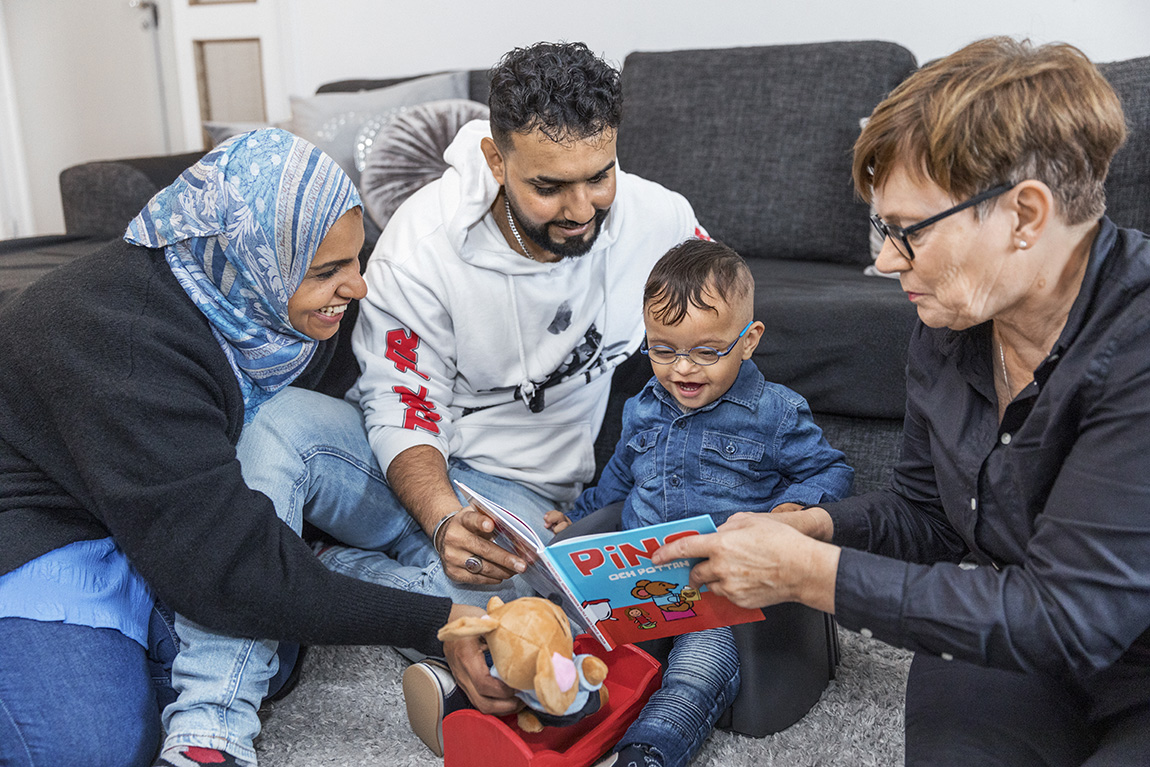
Diversity and inclusion in artistic expressions
In order to promote diversity and inclusion within artistic expressions, the Arts Council works in four overarching ways, as explained by Ravin. “Our grants reflect a diversity of cultural expression. Also, we work preventively against discrimination in grant giving. Our contributions to municipal and regional cultural activities and cultural management contribute to promoting rights-based work and cooperation. And we carry out promotional efforts to drive the development towards a more inclusive cultural life with a diversity of cultural expressions.”
According to guidelines for contributions to culture, it must be characterised by renewal and development, variety of expressions, availability and distribution throughout the country, international and intercultural exchange and co-operation, artistic freedom and equal opportunities for everyone to be active in music, and children’s rights and youth perspectives. Two examples of local grants are the reading initiatives Bokstart and Läsfrämjandelyftet, where priority is on an integrated children’s perspective.
To drive development, the Arts Council works with different promotional initiatives. For instance, it produces a knowledge overview that aims to contribute to conversations about the conditions for broadened recruitment in the cultural sector. The Arts Council also arranges various types of webinars, roundtable discussions and conferences to make visible certain obstacles to participation in culture, and it produces materials to support cultural activities in the work with inclusion and broadened participation. For example, the Cultural School Center has a themed website with examples and support on how cultural schools include children with disabilities in their activities.
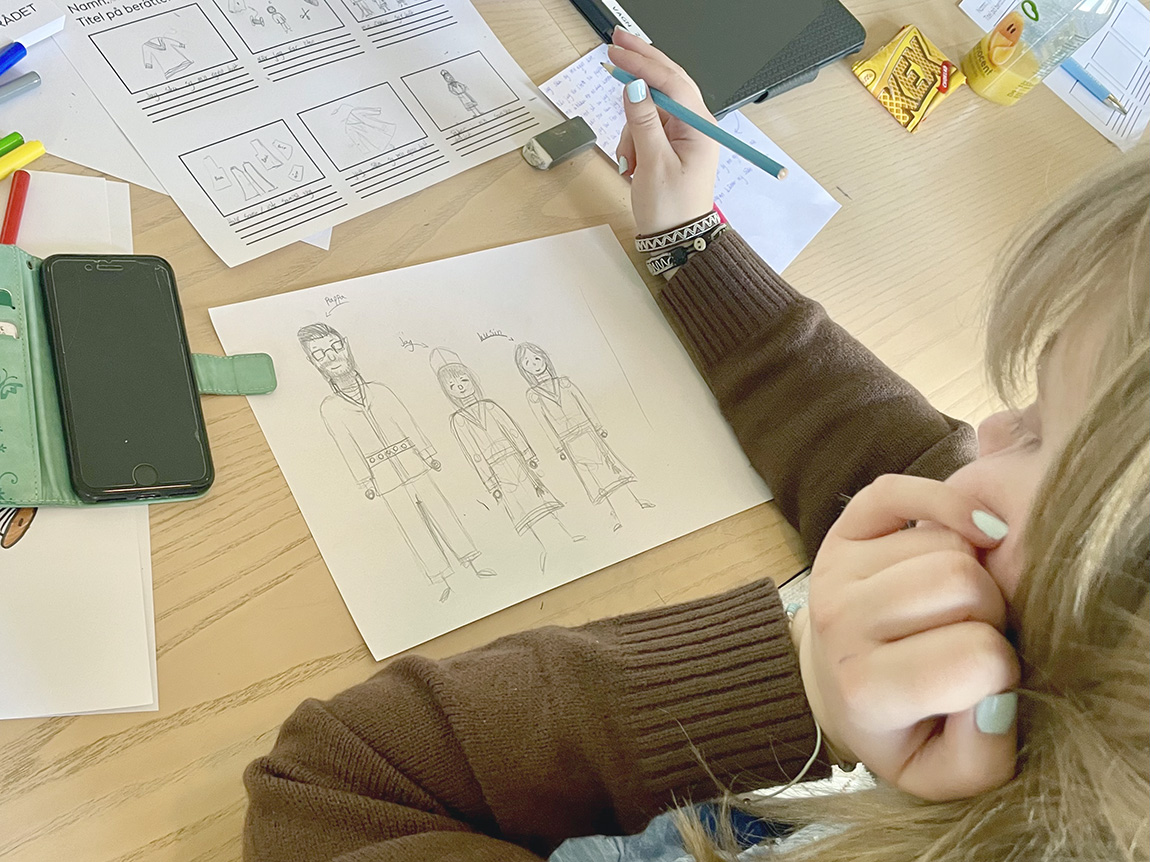
Participation and commitment from young talent
Importantly, the Swedish Arts Council works to strengthen the implementation of the Convention on the Rights of the Child in its area of operation, in accordance with the cultural policy goals and the government’s strategy to strengthen children’s rights in Sweden. “We formulated development areas for our continued work, one of which was about increasing the participation of children and young people,” says Ravin.
A great example is the ongoing collaboration with Unga Berättar at Kulturskolan in Stockholm, a pilot project on digital storytelling. “Within this framework, we have organised a workshop with young national minorities and indigenous people to produce their own stories in film format,” concludes Ravin. “We use the films to raise young people’s voices in consultations and at conferences. The pilot has been successful in raising young people’s voices on their own premises and we will continue to work with the method in more contexts during the year.”
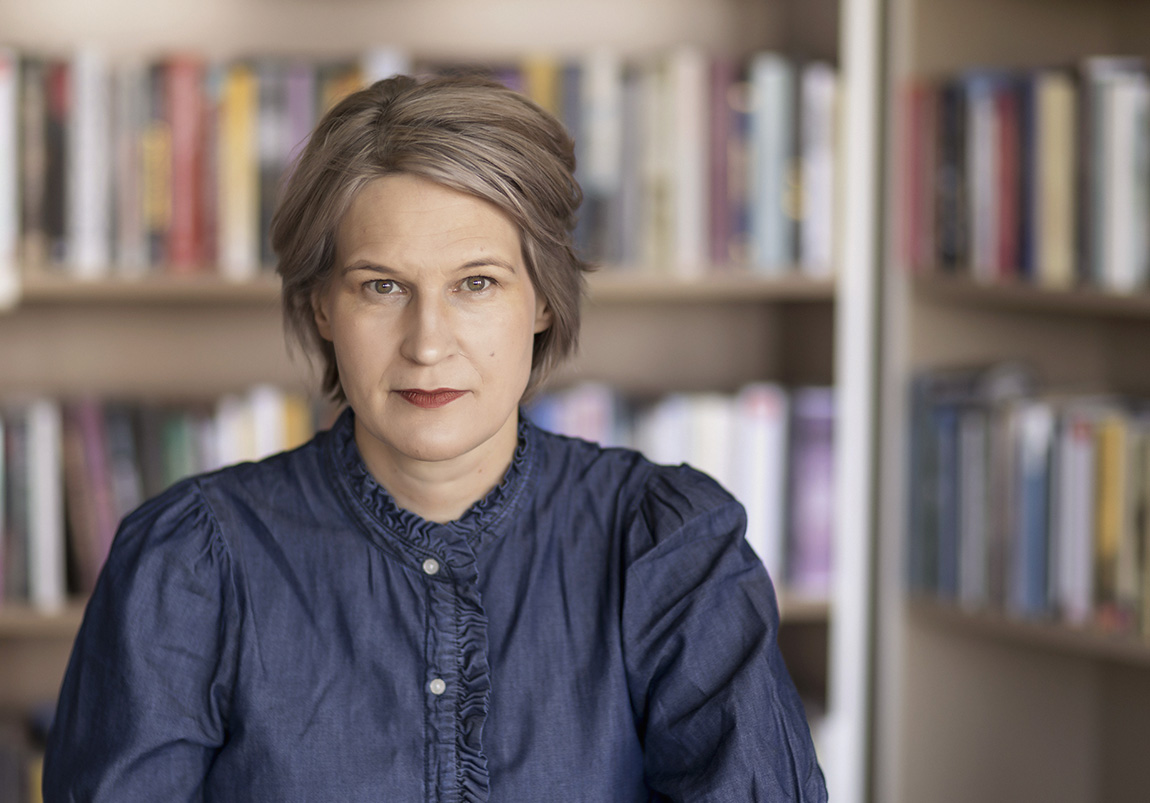
Kajsa Ravin, director general of the Swedish Arts Council.
Web: kulturradet.se Facebook: Kulturradet Instagram: @kulturradet.se
Subscribe to Our Newsletter
Receive our monthly newsletter by email

